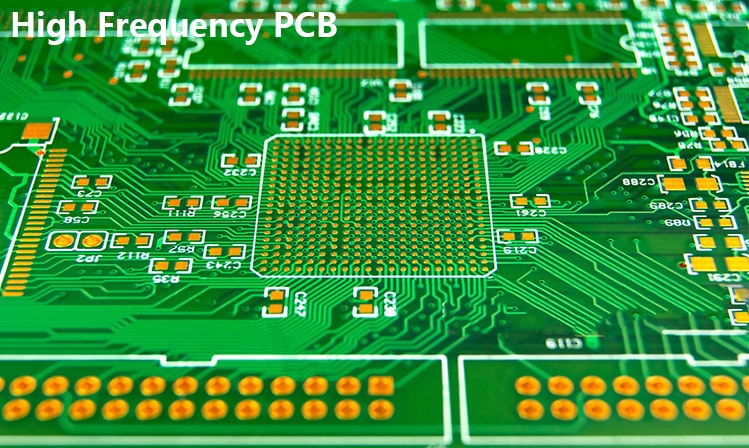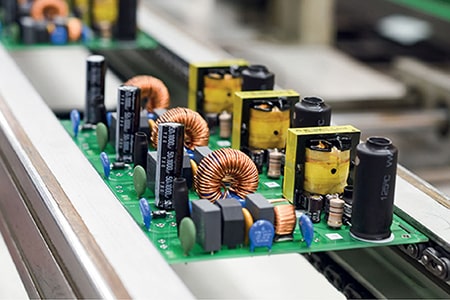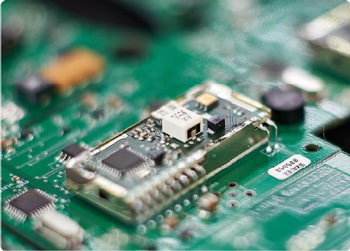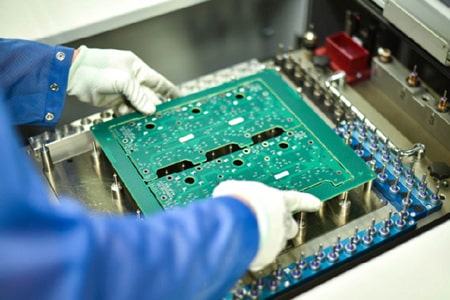Why High-End Antenna Arrays Must Use High-Frequency PCBs
In wireless communication, antenna arrays are the foundation of 5G networks, satellite communication, radar, and other advanced systems. Their performance depends not only on the antenna design but also on the PCB that carries the circuits. For high-end applications, ordinary FR4 boards are not enough—high-frequency PCBs are the only reliable choice.
1. High Frequencies Need Special Materials
Antenna arrays often work at GHz to mmWave frequencies, where standard PCBs suffer from high loss and unstable electrical performance.
High-frequency PCB laminates such as Rogers, Taconic, or PTFE are designed for these environments. They offer:
Low dielectric loss to reduce signal attenuation.
Stable dielectric constant for precise impedance.
Consistent electrical properties across wide frequency ranges.
These features ensure that RF and microwave signals can travel with minimal distortion.

2. Signal Integrity Directly Affects Antenna Performance
In antenna arrays, every dB of loss matters. If the PCB material introduces insertion loss or phase errors, antenna gain and beam steering accuracy will drop.
High-frequency PCBs help maintain signal integrity, which means:
Higher antenna efficiency.
More accurate beamforming.
Lower power consumption.
3. Compact Integration for Modern Designs
Today’s antenna arrays are not just antennas—they integrate RF circuits, power networks, and control systems on one board. High-frequency PCB technology allows compact multilayer designs that remain reliable even in complex systems. This is critical for applications in aerospace, telecom, and automotive radar.
4. Reliability Under Heat and Stress
Antenna systems generate heat, especially in high-power or outdoor environments. Microwave PCB materials have better thermal conductivity and mechanical stability than standard FR4, ensuring long-term reliability.
5. The Basis of 5G and Future Networks
Technologies such as massive MIMO, beamforming, and mmWave communication would not be possible without high-frequency PCBs. They are the backbone of 5G, upcoming 6G networks, and advanced radar systems.
High-end antenna arrays require high-frequency PCB boards because only these materials provide the low loss, stability, and reliability needed for advanced communication. Whether for 5G base stations, satellite systems, or automotive radar, the PCB material directly affects overall performance.
At PCBAMake, we manufacture and assemble high-frequency PCBs using Rogers, Taconic, and PTFE laminates. Our expertise in RF and microwave PCB solutions helps customers worldwide achieve better performance and faster time to market.







